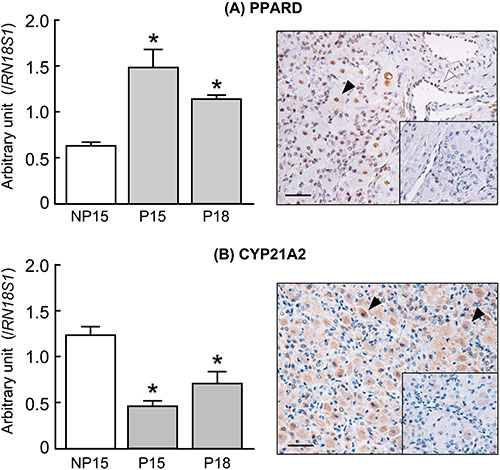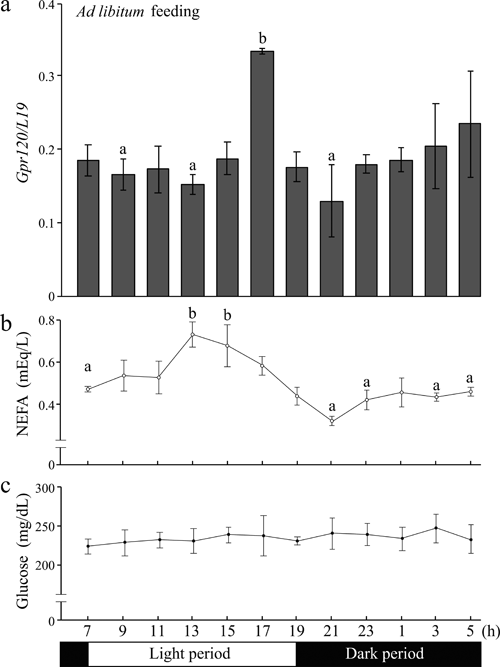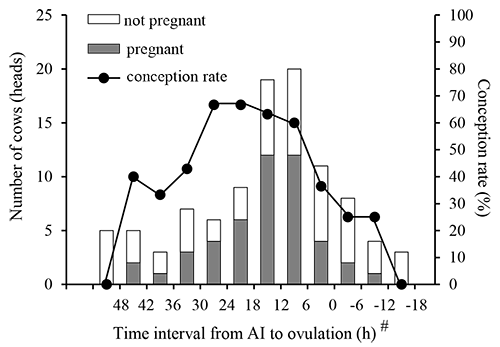- |<
- <
- 1
- >
- >|
-
Article type: Opinions and Hypotheses
2020Volume 66Issue 3 Pages 199-203
Published: 2020
Released on J-STAGE: June 12, 2020
Advance online publication: March 19, 2020Download PDF (740K)
-
Article type: Original Article
2020Volume 66Issue 3 Pages 205-213
Published: 2020
Released on J-STAGE: June 12, 2020
Advance online publication: February 07, 2020Download PDF (2937K) -
Article type: Original Article
2020Volume 66Issue 3 Pages 215-221
Published: 2020
Released on J-STAGE: June 12, 2020
Advance online publication: February 13, 2020Download PDF (714K) -
Article type: Original Article
2020Volume 66Issue 3 Pages 223-230
Published: 2020
Released on J-STAGE: June 12, 2020
Advance online publication: February 11, 2020Download PDF (4463K) -
Article type: Original Article
2020Volume 66Issue 3 Pages 231-239
Published: 2020
Released on J-STAGE: June 12, 2020
Advance online publication: February 13, 2020Download PDF (1731K) -
Article type: Original Article
2020Volume 66Issue 3 Pages 241-248
Published: 2020
Released on J-STAGE: June 12, 2020
Advance online publication: February 27, 2020Download PDF (1240K) -
Gpr120 mRNA expression in gonadotropes in the mouse pituitary gland is regulated by free fatty acidsArticle type: Original Article
2020Volume 66Issue 3 Pages 249-254
Published: 2020
Released on J-STAGE: June 12, 2020
Advance online publication: February 28, 2020Download PDF (1058K) -
Article type: Original Article
2020Volume 66Issue 3 Pages 255-263
Published: 2020
Released on J-STAGE: June 12, 2020
Advance online publication: March 26, 2020Download PDF (4126K) -
Article type: Original Article
2020Volume 66Issue 3 Pages 265-269
Published: 2020
Released on J-STAGE: June 12, 2020
Advance online publication: April 07, 2020Download PDF (639K)
-
Article type: Technology Report
2020Volume 66Issue 3 Pages 271-275
Published: 2020
Released on J-STAGE: June 12, 2020
Advance online publication: February 17, 2020Download PDF (988K) -
 Article type: Technology Report
Article type: Technology Report
2020Volume 66Issue 3 Pages 277-280
Published: 2020
Released on J-STAGE: June 12, 2020
Advance online publication: March 16, 2020Editor's pickCover Story: To improve the reproductivity of dairy cows, which has been continuously decreasing, it is important to note that the detection of estrus should be accurate and that the timing of AI should be appropriately decided. However, the relationship between the conception rate and the timing of AI after the onset of estrus or ovulation period, following the performance of AI using the frozen-thawed semen, has not been investigated yet. However, Sumiyoshi et al. investigated the relationship between the ovulation time after AI and the conception rate, and identified the time span during which the frozen-thawed semen delivers high conception rate after its deposition in the uterus (Sumiyoshi et al., An investigation of the time period within which frozen-thawed semen delivers a high conception rate in lactating dairy cows, pp.277-280). In this study, the authors demonstrated that high conception rates averaging 63.0% were obtained by performing AI 6-30h before ovulation, which was significantly higher than the conception rates of 30.0% (P<0.05) and 26.9% (P<0.01) obtained from AI that was performed earlier than 30h before ovulation and later than 6h before ovulation, respectively. These results further suggest that the frozen-thawed semen can deliver a conception rate of ≥60% if it deposits in the uterus for more than 24-30h after AI, and also that a conception rate of ≥60% can be achieved by performing AI 6-30h before ovulation by using the frozen-thawed semen.
Download PDF (614K) -
Article type: Technology Report
2020Volume 66Issue 3 Pages 281-286
Published: 2020
Released on J-STAGE: June 12, 2020
Advance online publication: March 14, 2020Download PDF (914K)
- |<
- <
- 1
- >
- >|












